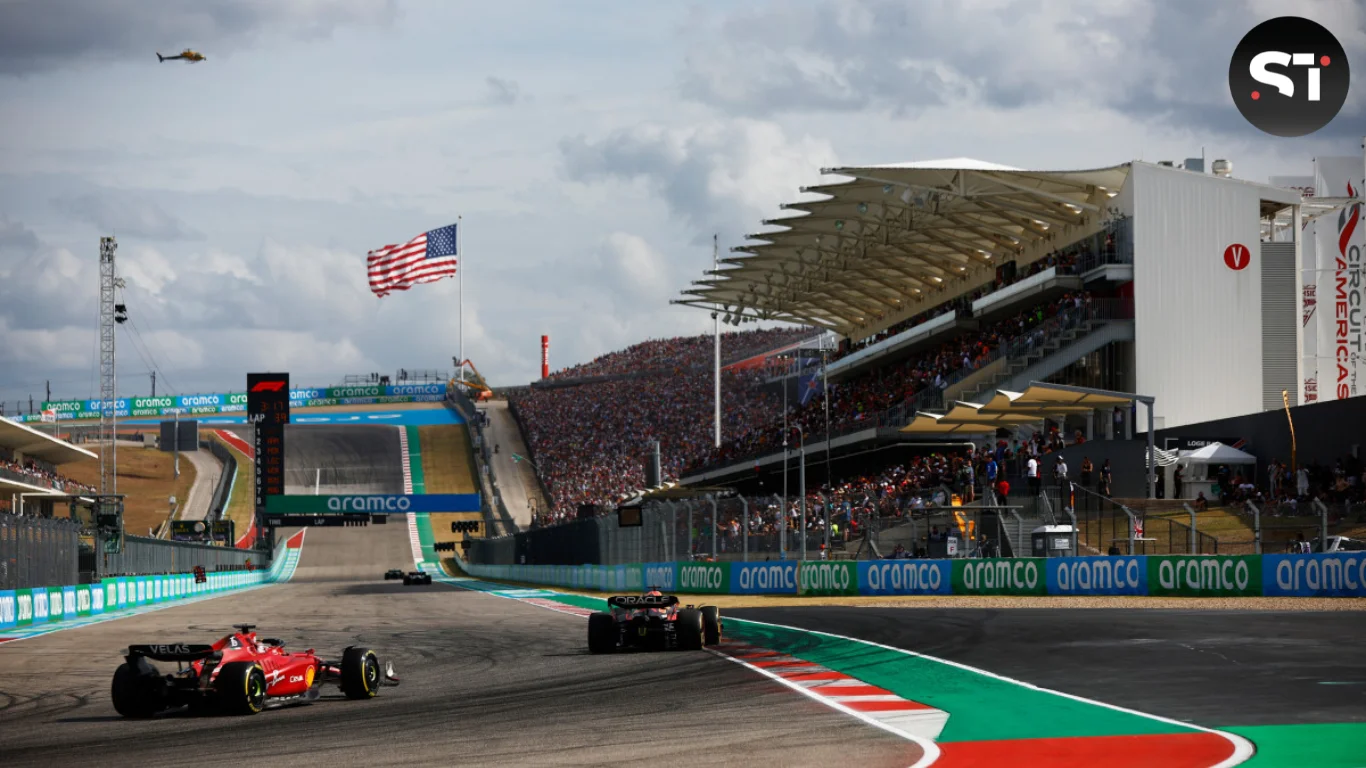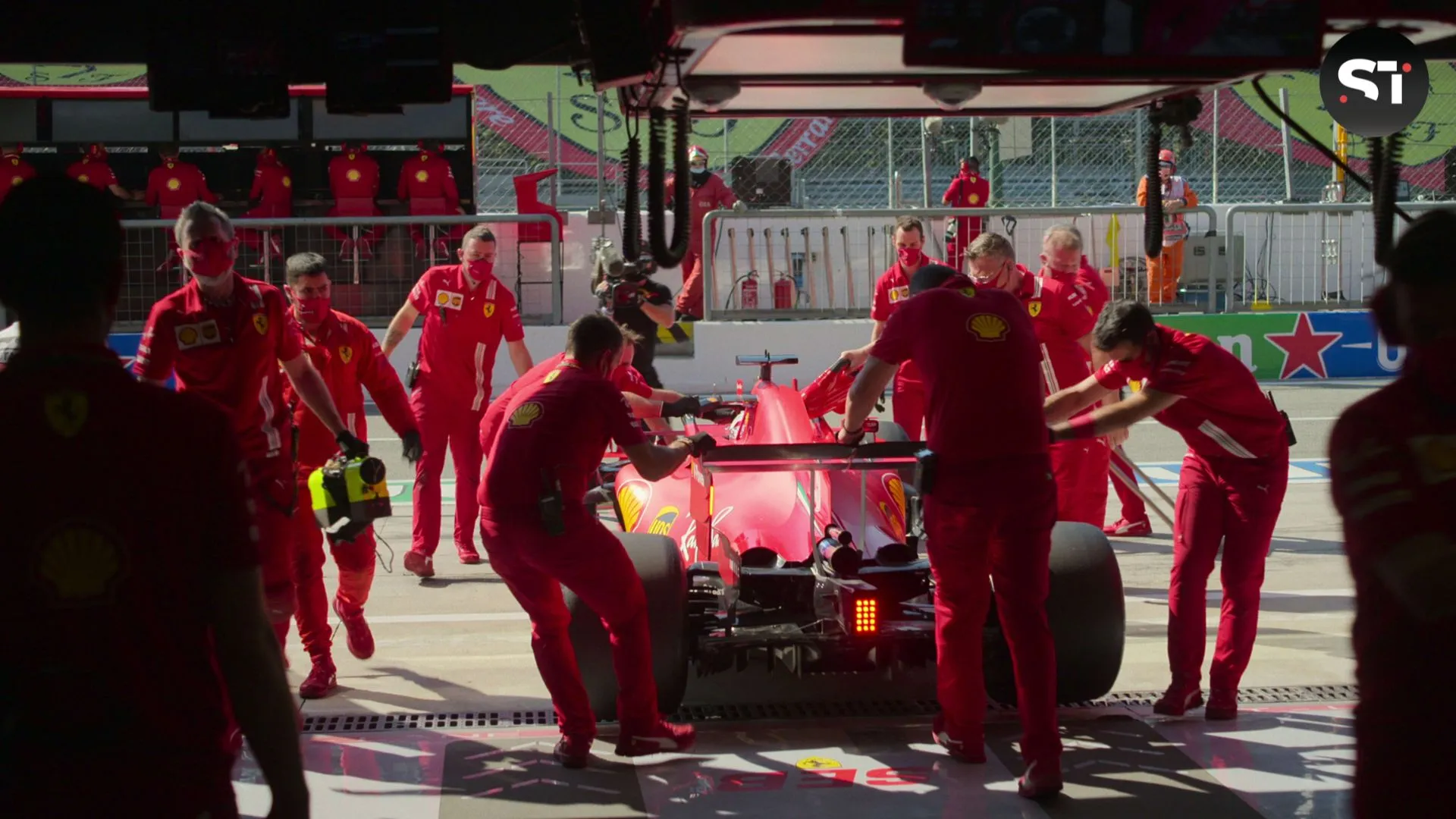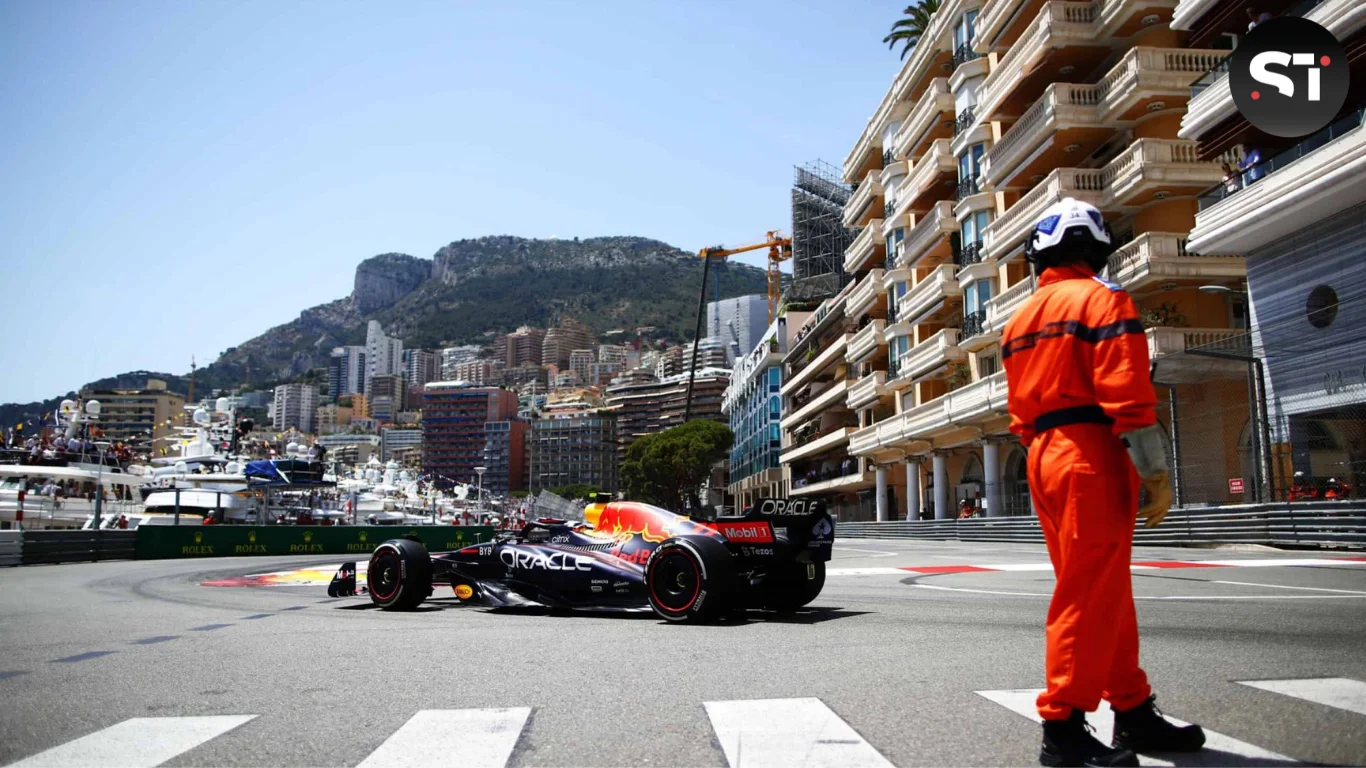Formula 1, the pinnacle of motorsport, captivates millions of fans worldwide with its blend of cutting-edge technology, skillful driving, and high-stakes competition. At the heart of this thrilling sport lies a complex web of regulations and oversight, primarily managed by the Fédération Internationale de l’Automobile (FIA). The FIA Formula 1 regulatory body plays a crucial role in shaping the sport.
In this comprehensive article, we’ll explore the multifaceted role of the FIA in regulating Formula 1, examining how its decisions impact every aspect of the sport, from car design to race procedures.
The FIA: Guardian of Motorsport
Historical Context and Evolution
The FIA’s involvement in motorsport dates back to the early 20th century. Over the decades, its role has evolved significantly, particularly in relation to Formula 1.
As the sport grew in popularity and complexity, so did the need for a robust regulatory framework. The FIA Formula 1 regulation system has continually adapted to address emerging challenges, technological advancements, and changing societal expectations.
Organizational Structure and Decision-Making Process
To effectively manage its responsibilities, the FIA operates through various specialized committees and working groups. These bodies collaborate to develop, implement, and enforce the F1 rules. Key entities within the FIA structure include:
- The World Motor Sport Council
- The F1 Commission
- The Technical Working Group
- The Sporting Working Group
This hierarchical structure ensures that decisions are made with input from various stakeholders, including teams, promoters, and technical experts.
Safety: The FIA’s Top Priority

Evolving Safety Standards
One of the FIA’s most critical roles is ensuring the safety of drivers, team members, and spectators. The organization has been instrumental in implementing numerous safety measures over the years, often in response to tragic incidents. Some key safety innovations include:
- The HANS (Head and Neck Support) device
- Improved crash structures and energy-absorbing materials
- The halo cockpit protection system
These advancements, driven by FIA Formula 1 regulations, have significantly reduced the risks associated with high-speed racing.
Continuous Research and Development
The FIA invests heavily in research to further improve safety standards. This includes:
- Crash testing and simulation
- Analysis of accident data
- Collaboration with medical experts
By staying at the forefront of safety technology, the FIA ensures that Formula 1 remains as safe as possible, despite the inherent risks of motorsport.
Technical Regulations: Balancing Innovation and Competition

The Challenge of Regulating Technology
One of the most complex aspects of FIA Formula 1 regulation is managing the technical rules that govern car design and performance. The FIA must strike a delicate balance between:
- Encouraging technological innovation
- Maintaining close and exciting racing
- Controlling costs to ensure the sport’s sustainability
This balancing act requires constant adjustment and fine-tuning of the F1 rules.
Key Areas of Technical Regulation
The FIA’s technical regulations cover various aspects of car design and performance, including:
- Aerodynamics
- Power units
- Chassis design
- Tire usage
- Fuel and lubricants
By carefully crafting these regulations, the FIA shapes the direction of technological development in Formula 1, often with wider implications for the automotive industry.
Sporting Regulations: Ensuring Fair Competition

Race Procedures and Protocols
Beyond the technical aspects, the FIA is responsible for establishing and enforcing the sporting regulations that govern how races are conducted. This includes:
- Starting procedures
- Safety car protocols
- Pit stop regulations
- Penalties for rule infractions
These F1 rules ensure that races are conducted fairly and safely, providing a level playing field for all competitors.
The Role of Race Officials
The FIA appoints key officials for each Grand Prix, including:
- The Race Director
- Stewards
- Technical Delegates
These individuals play crucial roles in interpreting and applying the FIA Formula 1 regulations during race weekends, making real-time decisions that can significantly impact the outcome of races and championships.
Environmental Sustainability: A Growing Focus

Formula 1’s Carbon Footprint
The FIA has increasingly emphasized reducing Formula 1’s environmental impact in recent years. This focus is reflected in various initiatives and regulations, including:
- The shift to hybrid power units
- Sustainable fuel development
- Efforts to reduce the carbon footprint of race events
These initiatives demonstrate how FIA Formula 1 regulation extends beyond traditional areas of focus to address broader societal concerns.
Future Directions: Electric and Alternative Technologies
Looking ahead, the FIA is exploring how Formula 1 can continue to lead in sustainable motorsport technologies. This may involve:
- Further development of energy recovery systems
- Exploration of alternative fuels
- Potential integration of electric power technologies
By steering Formula 1 in this direction, the FIA ensures that the sport remains relevant and responsible in an increasingly environmentally conscious world.
Challenges and Controversies

Balancing Competing Interests
The FIA’s role in regulating Formula 1 is not without challenges. The organization must often navigate competing interests from various stakeholders, including:
- Teams seeking competitive advantages
- Manufacturers pushing for certain technical directions
- Fans desiring close and exciting racing
- Commercial rights holders focused on the sport’s profitability
Balancing these diverse interests while maintaining the integrity of the sport is an ongoing challenge for the FIA.
Addressing Controversies and Criticisms
Over the years, the FIA has faced criticism for various decisions and regulatory approaches. Some controversial areas have included:
- The implementation of budget caps
- Changes to qualifying formats
- Decisions on team radio communications
Addressing these controversies while maintaining the sport’s credibility requires careful communication and a willingness to adapt when necessary.
Suggested Read: Exploring Historic Formula 1 Circuits
Final Words
The role of the FIA in regulating Formula 1 is multifaceted, complex, and ever-evolving. From ensuring safety and fairness to driving technological innovation and addressing environmental concerns, the FIA Formula 1 regulatory body shapes every aspect of the sport.
As Formula 1 continues to grow and evolve, the FIA’s role will remain crucial in maintaining the delicate balance between competition, innovation, and sustainability. Through its FIA Formula 1 regulation efforts, the organization not only safeguards the presence of motorsport but also helps to chart its future.
As we look ahead, it’s clear that the challenges facing Formula 1 will continue to evolve, requiring ongoing adaptation and innovation in the F1 rules. The FIA’s ability to navigate these challenges while preserving the essence of what makes Formula 1 so captivating will be key to the sport’s continued success and relevance in the years to come.






